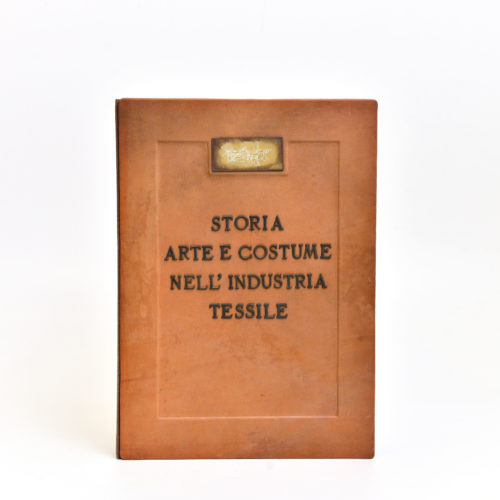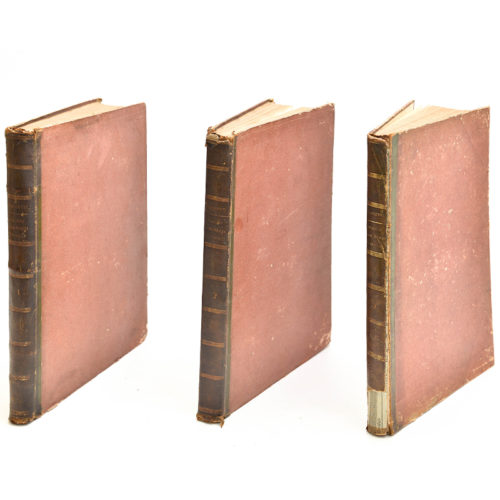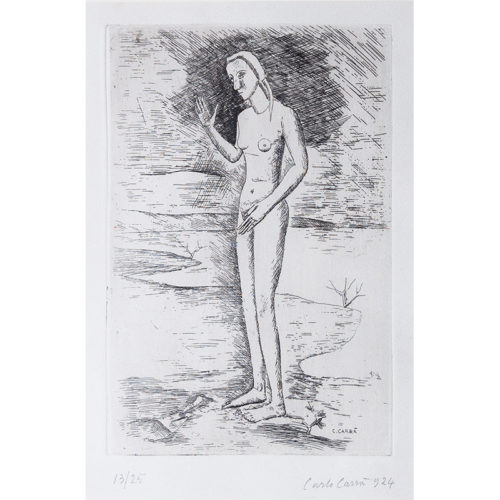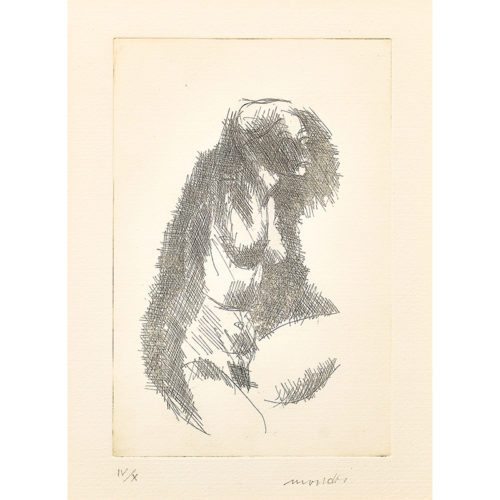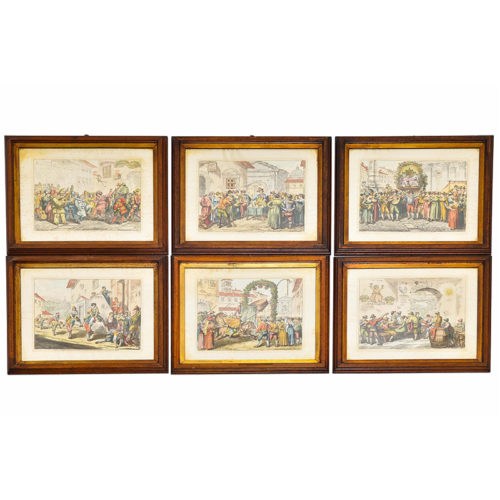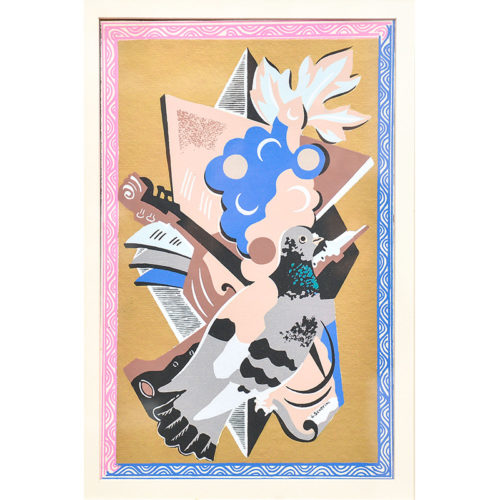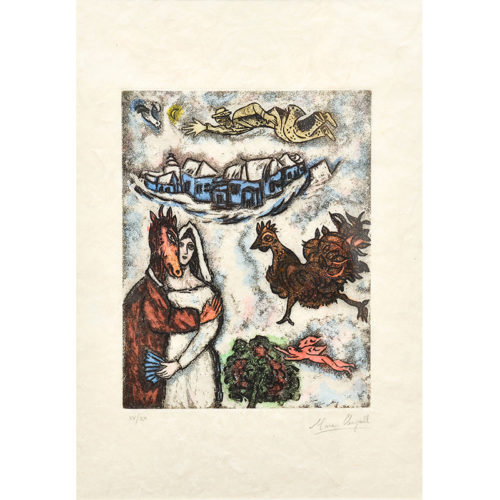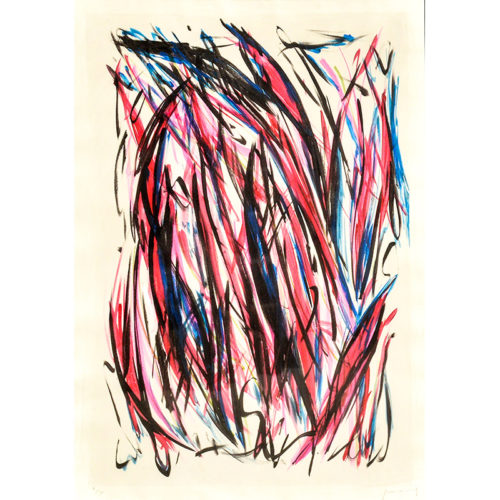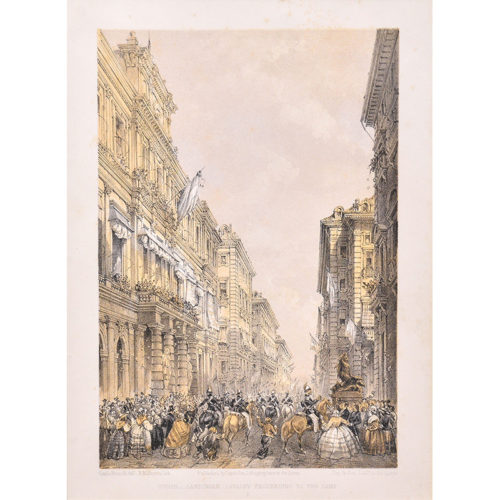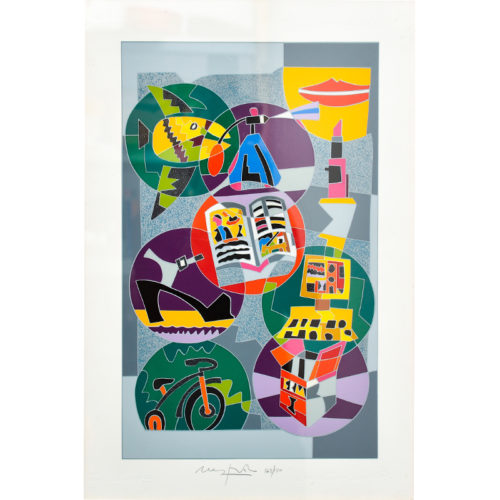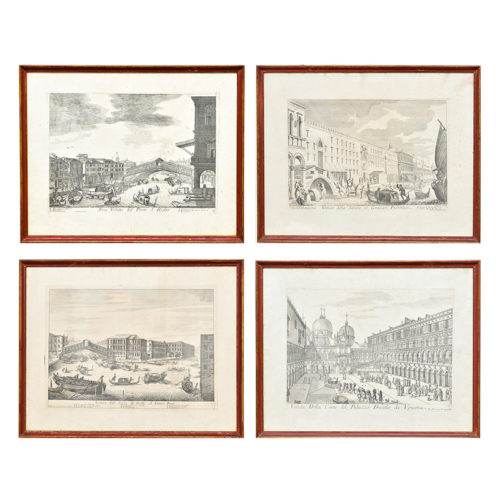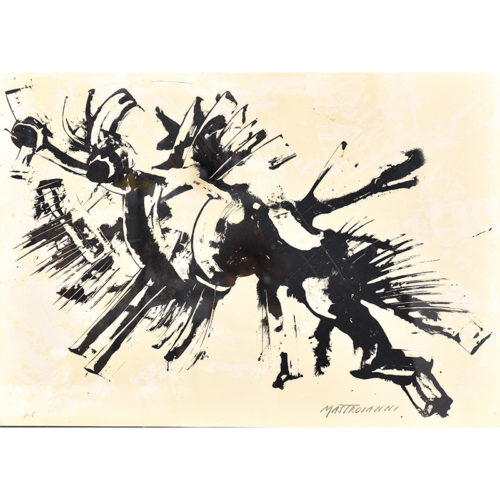Group of 6 prints depicting the carnival in Rome by Bartolomeo Pinelli (Rome, 20 November 1781 - Rome, 1 April 1835). He was an Italian engraver, painter and ceramist. Extremely prolific graphic artist, it has recently been estimated that he produced about four thousand engravings and ten thousand drawings. In his prints he illustrated the customs of the Italian peoples, the great masterpieces of literature: Virgil, Dante, Tasso, Ariosto, Cervantes, Manzoni, and subjects of Roman, Greek, Napoleonic history etc. The most common theme in general is Rome, its inhabitants, its monuments, the ancient city and the one that is contemporary to him. The well-known portrait painter Giuseppe Tominz from Gorizia had among his students. In addition to its intrinsic artistic value, his illustrator work has significant documentary significance for the ethnography of Rome, Italy and Switzerland.
